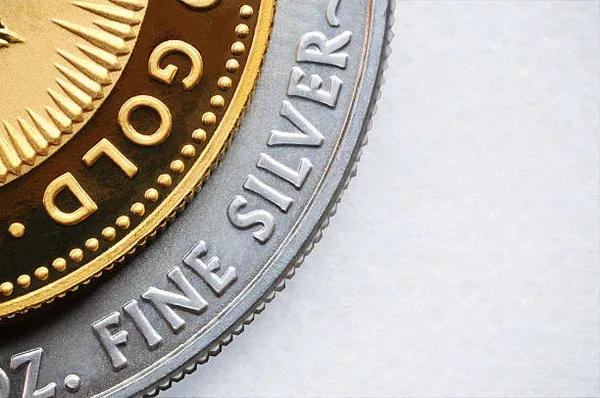One significant aspect that has captured the attention of investors is the performance of precious metals, particularly silver. The silver market has experienced fluctuations in recent months, prompting many to question how low silver prices could potentially go. In this article, we will delve into the various factors influencing silver prices and attempt to analyze the trajectory of this precious metal in the coming months.
Historical Perspective
Before exploring the potential lows, it’s crucial to understand the historical context of silver prices. Silver has long been regarded as a store of value and an industrial commodity. Its dual role has led to a complex interplay of factors influencing its market dynamics.
In recent years, silver has faced challenges such as changing industrial demand, fluctuations in the global economy, and the rise of alternative investments. The silver market is also sensitive to geopolitical events and currency movements, making it a unique asset to analyze.
Current Market Conditions
As of 2023, the silver market is witnessing a combination of bullish and bearish factors. The ongoing global economic recovery, coupled with increasing industrial demand, has provided support for silver prices. However, concerns about inflation, rising interest rates, and the strength of the U.S. dollar have created headwinds for the precious metal.
One key factor influencing silver prices is its correlation with gold. Historically, silver has followed gold’s lead, albeit with more pronounced volatility. If gold experiences a significant downturn, it is likely that silver prices will be impacted as well.
Industrial Demand
Silver’s dual nature as both a precious metal and an industrial commodity plays a crucial role in its price movements. Approximately 50% of silver demand comes from industrial applications, including electronics, solar panels, and medical devices. As the global economy continues to recover, industrial demand for silver is expected to rise, providing a potential floor for its prices.
On the flip side, any slowdown in industrial activity or advancements in technology that reduce silver consumption in various applications could weigh on silver prices. Investors keen on predicting how low silver will go must closely monitor these industrial dynamics.
Inflation and Interest Rates
Inflation and interest rates are significant drivers of precious metal prices, including silver. Many investors turn to precious metals as a hedge against inflation, as they tend to retain their value in times of currency depreciation. Conversely, rising interest rates can make non-interest-bearing assets like silver less attractive, potentially leading to a decline in prices.
The U.S. Federal Reserve’s monetary policy decisions play a crucial role in shaping inflation and interest rate expectations. Investors should keep a close eye on central bank communications and economic indicators to gauge the potential impact on silver prices.
Geopolitical Events
Geopolitical events have a profound impact on financial markets, and silver is no exception. Tensions, conflicts, or unexpected geopolitical developments can lead to increased demand for safe-haven assets, including precious metals. Conversely, a resolution or de-escalation of geopolitical tensions may reduce the appeal of silver as a safe-haven asset.
Currency Movements
The value of the U.S. dollar often inversely correlates with precious metal prices, including silver. A stronger dollar can put downward pressure on silver prices, while a weaker dollar tends to support higher prices. Investors should monitor currency markets and consider the broader macroeconomic environment when making predictions about silver’s future performance.
Technical Analysis
Beyond fundamental factors, technical analysis provides insights into short-term price movements based on historical price patterns and trading volumes. Chart patterns, moving averages, and other technical indicators can help identify potential support and resistance levels, assisting investors in making informed decisions.
Conclusion
Predicting the exact trajectory of silver prices involves a comprehensive analysis of various factors, both fundamental and technical. While the current market conditions present a mix of bullish and bearish influences, it’s essential for investors to stay informed and adapt their strategies based on evolving economic and geopolitical developments.
As silver marks another year in the financial spotlight, the inherent volatility of precious metals reminds us of the importance of diversification and risk management in investment portfolios. While uncertainties persist, a well-informed approach to analyzing the factors influencing silver prices can help investors navigate the complex landscape of the precious metals market.


